Namdaemun Market Gourmand Alley (Kalguksu Alley) (남대문시장 먹자골목(칼국수 골목))
1.5Km 2023-11-06
42-1, Namdaemunsijang 4-gil, Jung-gu, Seoul
Namdaemun Market is a massive market in Seoul filled with history and traditions. In the market, there is a place where people can dine without worrying about time or money, in an unmistakably Korean atmosphere, and that is the Gourmand Alley (Kalguksu Alley). The alley is lined with stalls selling similar fare, and people sit down in front of them, shoulder to shoulder, to enjoy their meal. Namdaemun Market’s Gourmand Alley specializes in noodle soup and steamed barley rice sets. The latter is a mixture of rice and barley, which is then steamed together. Its call to popularity is the nutty flavor imparted by barley. It has a healthy taste like no other, so make sure to check it out. Each order often comes with two or three separate menus (noodle soup, steamed rice, cold buckwheat noodles, etc.), along with a sumptuous array of side dishes like kimchi. Because this spot is beloved by diners of all ages, one often has to wait to get one’s turn during meal hours or on weekends. Keep in mind that the alley’s age often manifests itself in its crowdedness and lower attention to hygiene.
Another thing to note is that first-time visitors often find it difficult to find the entrance to the alley. The entrance is the transparent plastic door right next to “Segye-ro Eyeglasses Shop,” which can be found right across from Exit 5 of Hoehyeon Station on Seoul Subway Line 4. The door is rather small and difficult to find, but once you enter the doorway, you will immediately see the stalls unfolding in front of your eyes.
TV program “Life Masters (2005-)”
TV program “A Walk Around the Neighborhood (2018-2022)”
K.O.N.G Gallery (공근혜갤러리)
1.5Km 2024-10-10
38 Samcheong-ro 7-gil, Jongno-gu, Seoul (Samcheong-dong)
Since its opening in 2005, the gallery has made a significant impact on the Korean photography scene by introducing world-class photographers to Korea. It relocated to its present site next to the Cheongwadae, Samcheong-dong, in 2010, adding spaces for painting, sculpture, video, installation, and other forms of contemporary art. The gallery focuses on artists based in Paris, London, and New York, presenting works that represent the current state of contemporary art in the 21st century. It also plays a vital role as a Korean gallery by discovering young Korean artists and supporting their overseas activities.
PKM Gallery (PKM갤러리)
1.5Km 2024-03-18
40 Samcheong-ro 7-gil, Jongno-gu, Seoul
PKM Gallery, now providing 397 square meters of exhibition space, includes a main building with a maximum x_height of 5.5 meters comprising two upper stories and a two-story basement. PKM+, an annex built in 2018, has one upper story and a basement floor and is equipped with a boutique-like gallery space.
The gallery not only exhibits the works of leading figures in Korean contemporary art, but has also succeeded in introducing renowned international artists to the Korean audience. As an incubator for emerging young artists, PKM Gallery has been organizing exhibitions to encourage their growth as leading artists of the next generation. PKM gallery, the first among the Korean galleries invited to participate in the Frieze Art Fair in 2004, played a major role in advancing Korean contemporary art to the global art market.
Jangan Accessory Shopping Center (장안 액세서리상가)
1.5Km 2021-06-04
42-2, Namdaemunsijang 4-gil, Jung-gu, Seoul
+82-2-753-5600
Jangan Accessory Shopping Center has a history of offering visitors unique accessories with colorful designs. Each shop boasts its own items, different from other stores. Visitors can enjoy purchasing accessories at discounted prices.
Rawrow - Kwangjang Market Branch [Tax Refund Shop] (로우로우 광장시장)
1.5Km 2024-04-19
Store #239, Gwangjang Market, 88, Changgyeonggung-ro, Jongno-gu, Seoul
-
Hanaro Optics [Tax Refund Shop] (하나로안경원)
1.5Km 2024-04-19
48, Namdaemunsijang 4-gil, Jung-gu, Seoul
-
Olive Young - Dongnimmun Branch [Tax Refund Shop] (올리브영 독립문)
1.5Km 2024-04-18
99, Songwol-gil, Jongno-gu, Seoul
-
Namsan Arts Center (남산예술센터)
1.5Km 2021-08-26
138, Sopa-ro, Jung-gu, Seoul
+82-2-758-2150
Namsan Arts Center, reopened as a creative space in Seoul in September 2009. It redefined the colors and characteristics of the theater, aiming for a modern theater production center centered on creative premieres, a contemporary performance venue where visitors can feel the pulse of the times, and a theater capable of various experiments.
Namsan Arts Center Drama Center is the first modern folk theater in Korea and the oldest performance hall in which the original architectural form has been preserved. Under the concept of "Contemporary & New Wave," the center continues to produce domestic original plays, and through active exchanges with excellent overseas theaters, build a repertoire of high-quality works that can read domestic and overseas trends, and present contemporary cultural diversity.
Tongin Market (통인시장)
1.5Km 2025-06-19
18 Jahamun-ro 15-gil, Jongno-gu, Seoul
Tongin Market dates back to June 1941, as a public market set up for Japanese residents near the Hyoja-dong neighborhood when Korea was still under Japanese rule. After the Korean War, the nation experienced a swift rise in population, which led to a natural increase in consumption and demand. As a result the area’s street vendors and stores used the former Tongin Market area as their marketplace. Now, Tongin Market consists of 75 stores, most of which are restaurants and grocery stores. There are also some shops selling manufactured goods like underwear and shoes.
Dongbangmyeongju Chungmuro Main Store (동방명주 충무로점)
1.5Km 2024-02-28
186 Toegye-ro, Jung-gu, Seoul
Dongbangmyeongju is a Chinese cuisine restaurant located near Namsangol Hanok Village. The flagship dish is jjajangmyeon (black bean sauce noodles), and they offer a variety of other menu items such as tangsuyuk (deep-fried pork with sweet and sour sauce) and sacheontangmyeon (Chinese Sichuan noodle soup). The surrounding area boasts various attractions and culinary delights, including Myeongdong and Namsan Tower, providing a panoramic view of Seoul.
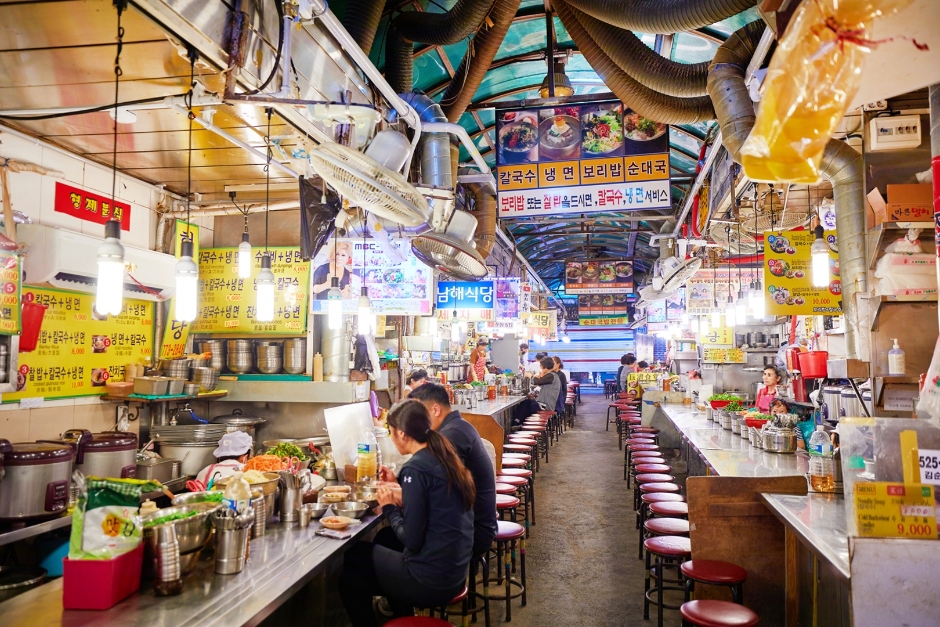
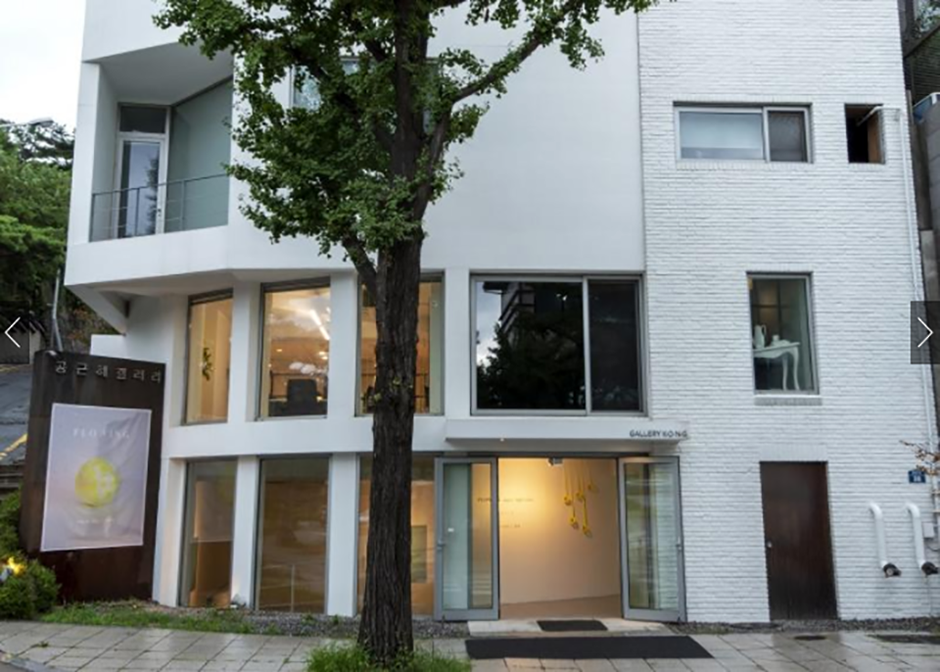
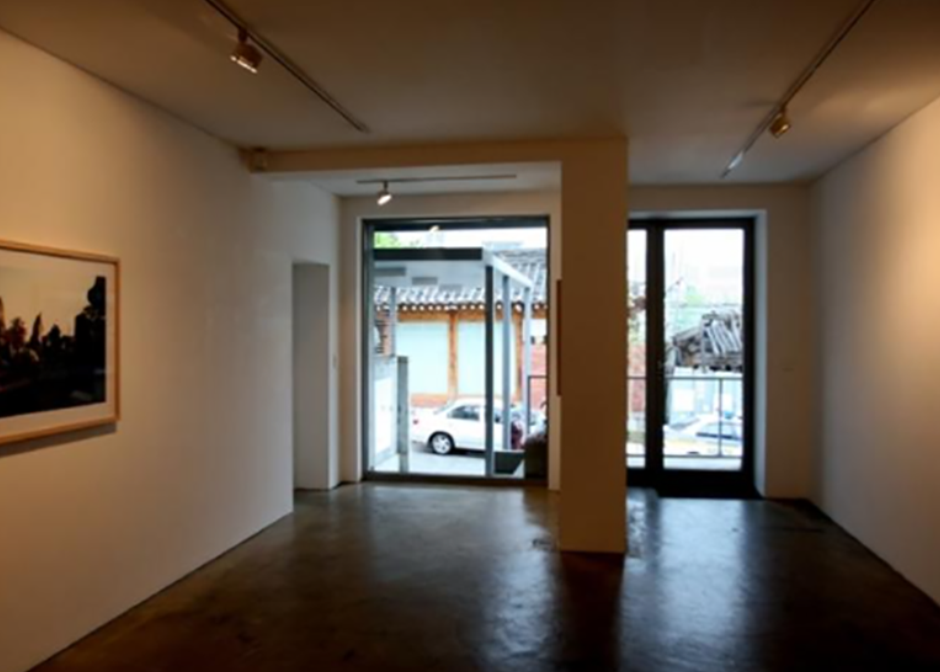
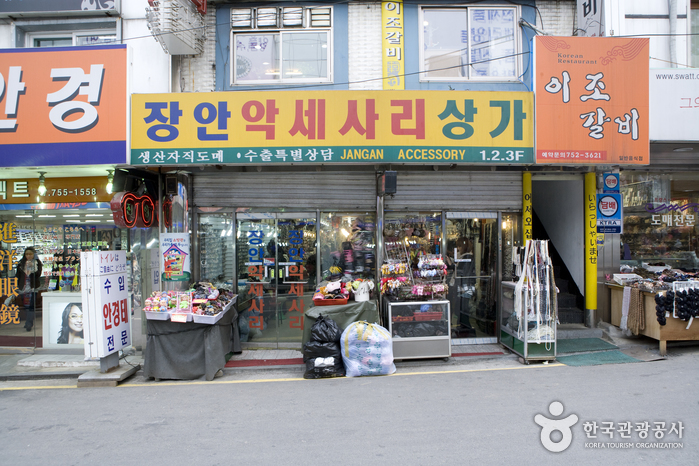
![Rawrow - Kwangjang Market Branch [Tax Refund Shop] (로우로우 광장시장)](http://tong.visitkorea.or.kr/cms/resource/29/2878229_image2_1.jpg)
![Hanaro Optics [Tax Refund Shop] (하나로안경원)](http://tong.visitkorea.or.kr/cms/resource/80/2878580_image2_1.jpg)

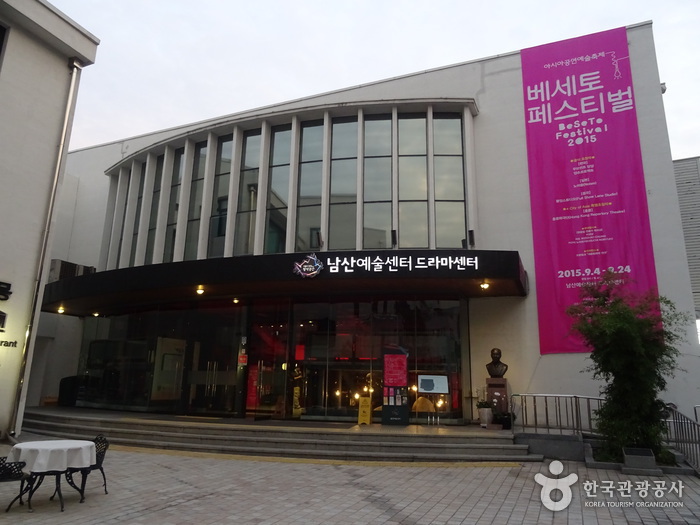
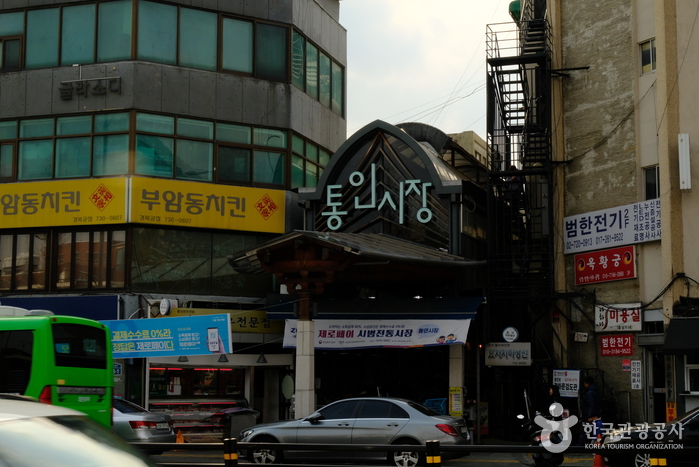
 English
English
 한국어
한국어 日本語
日本語 中文(简体)
中文(简体) Deutsch
Deutsch Français
Français Español
Español Русский
Русский